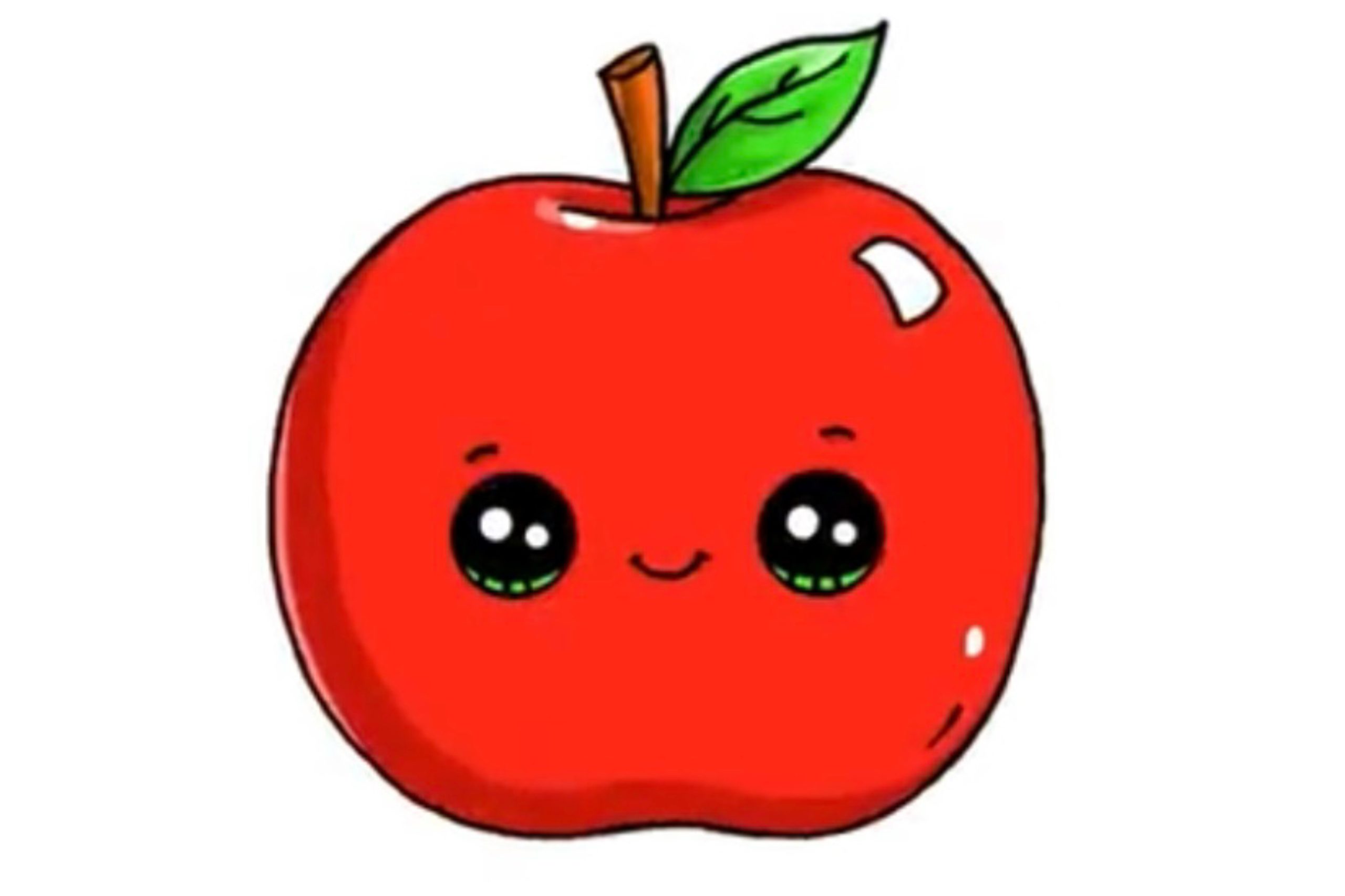Coloring Activities
Identify Color Through Food: Fun Activities For The Whole Family
The world is colorful, and the children are certainly eager to know how to name all of the colors. At the age of 2 – 3, the children are ready to explore knowledge about shapes, numbers, or colors. Today, Jorz.art will show you some activities that help children identify color through food.
Benefits of teaching children to explore colors through food
- Develop the children’s senses and observation abilities. Teaching the children to distinguish colors can help parents discover their children’s artistic talent.
- Identifying colors through food helps the children become familiar with the basic concepts of color. Knowing how to distinguish colors will help the children a lot in daily activities. For example, when a mother asks her child to drink a carton of blue milk, the child will not be mistaken for a carton of purple milk.
- Contribute to the development of children’s appetite for eating.
Games help the children identify color through food
-
Distinguishing fruits by color
Prepare some fruits like apples, bananas, oranges, blueberries, tomatoes, etc. Instruct the children to sort fruits by color by placing them on corresponding plates. Let your baby get acquainted with cooking ingredients such as vegetables and fruits, show him what color a tomato is, what color a carrot is, etc. This method will also help your baby distinguish the shapes of fruits and vegetables and their flavors.
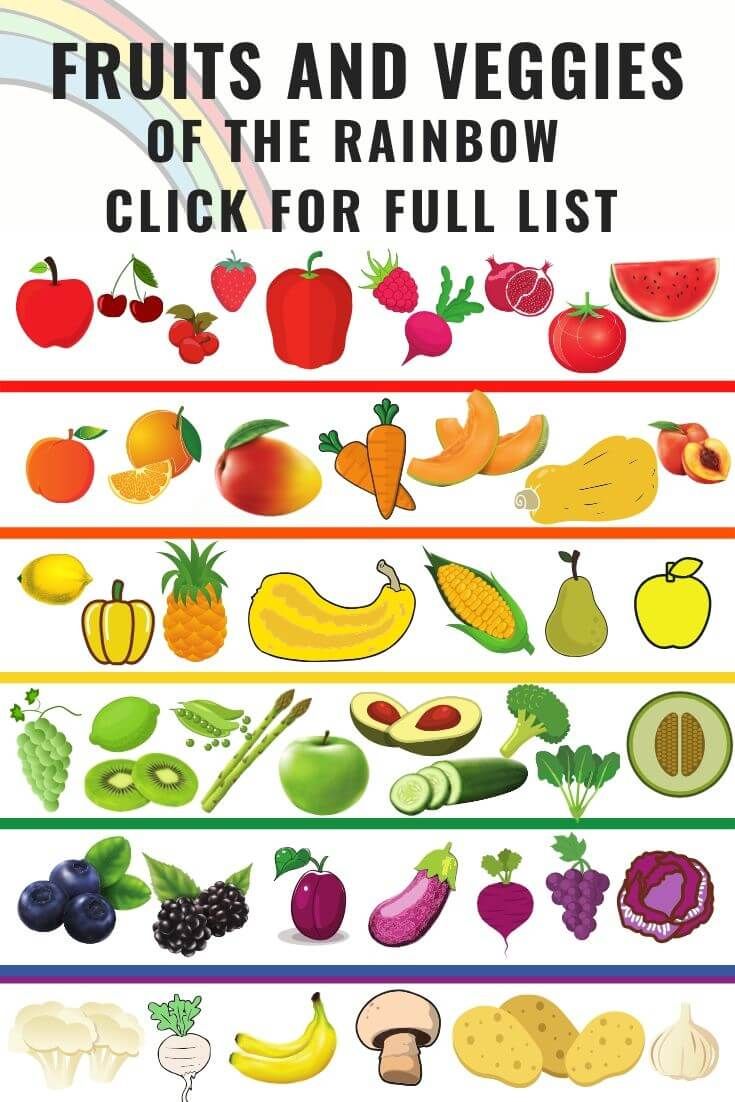
-
Identify color of food
Give the children a sheet of paper and ask them to find pictures or decorations on food items of corresponding colors. For example, they will find an image of a red apple or a green orange. This interactive activity helps children recognize colors in foods daily.
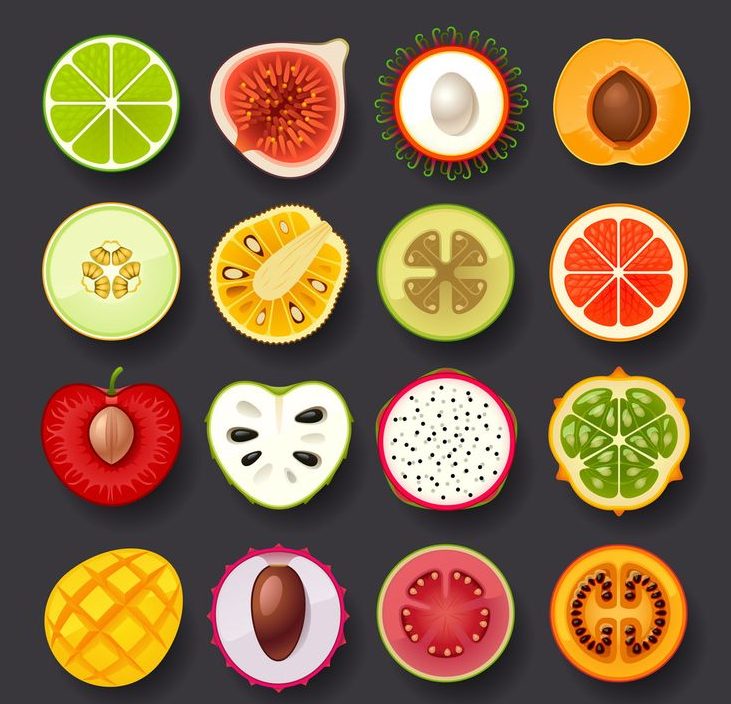
-
Creative food coloring game
Prepare some foods with a variety of colors, such as cocoa powder, chili powder, curry powder, and turmeric powder. Instruct the children to use these powders to create different colors by mixing them with water. The children will enjoy learning how to create colors from food ingredients and creating more diverse colors.
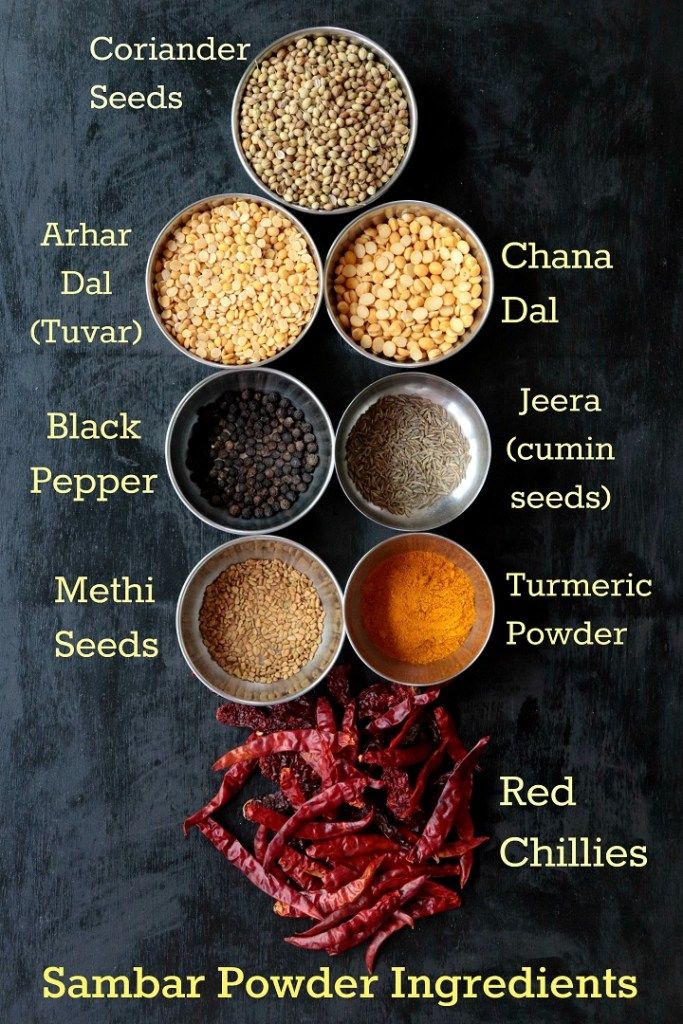
-
Identify color from drinks
Prepare some colorful fruit juices, such as orange juice, pineapple juice, coffee juice, and milk. Instruct the children to observe and recognize the color of each drink. The children can make a list or put them in corresponding color bowls. This is a fun way for the children to explore and recognize colors through drinks.
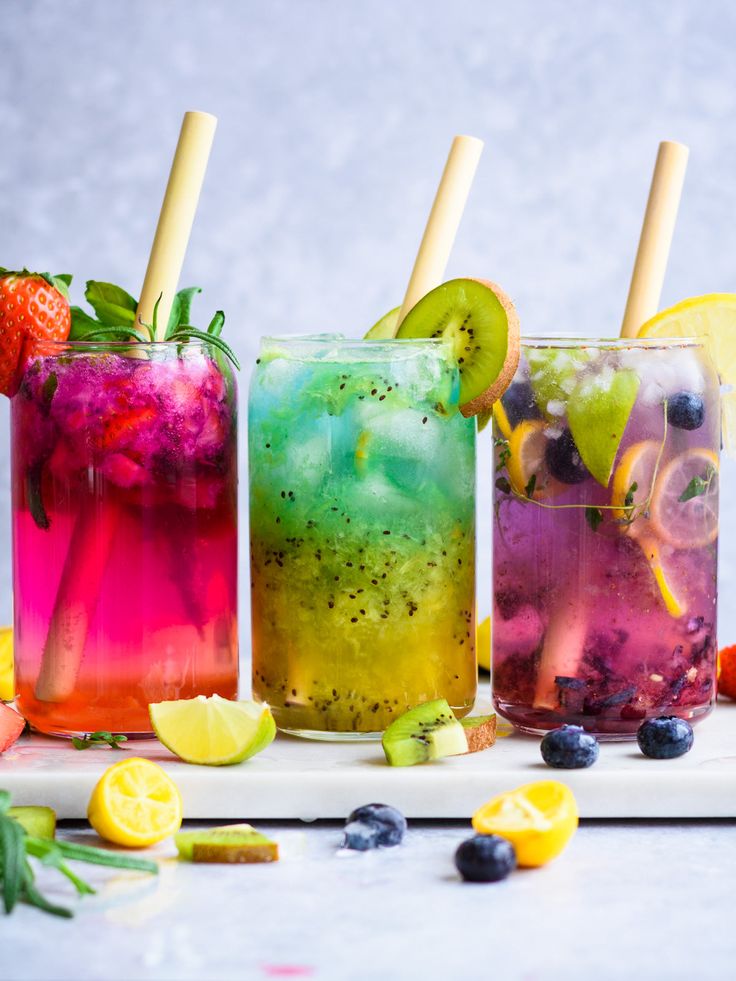
-
Cake decoration
Allow creativity to shine by decorating cakes with bright colors. Bake regular cakes and prepare a batch of icing, edible glitter, and decorative toppings. Encourage each family member to decorate their cake with their favorite colors and designs. This activity allows people to showcase their artistic talents while enjoying delicious sweet treats afterward.
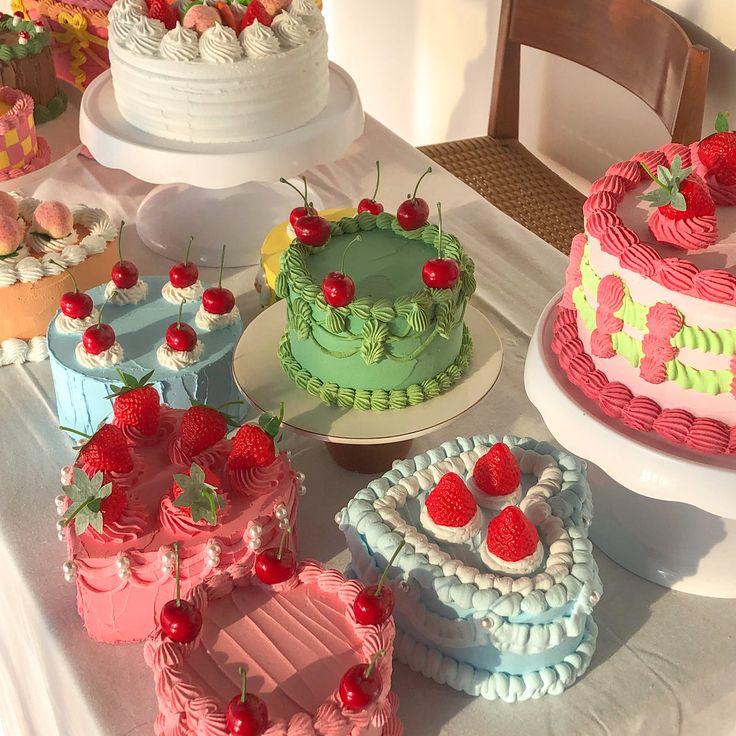
-
Create a colorful lunch box
When preparing lunch or dinner, create a lunch box with brightly colored dishes so the children can learn different colors. For example, you use carrots to create orange color, collard greens to create green color, and pineapple to create yellow color in food.
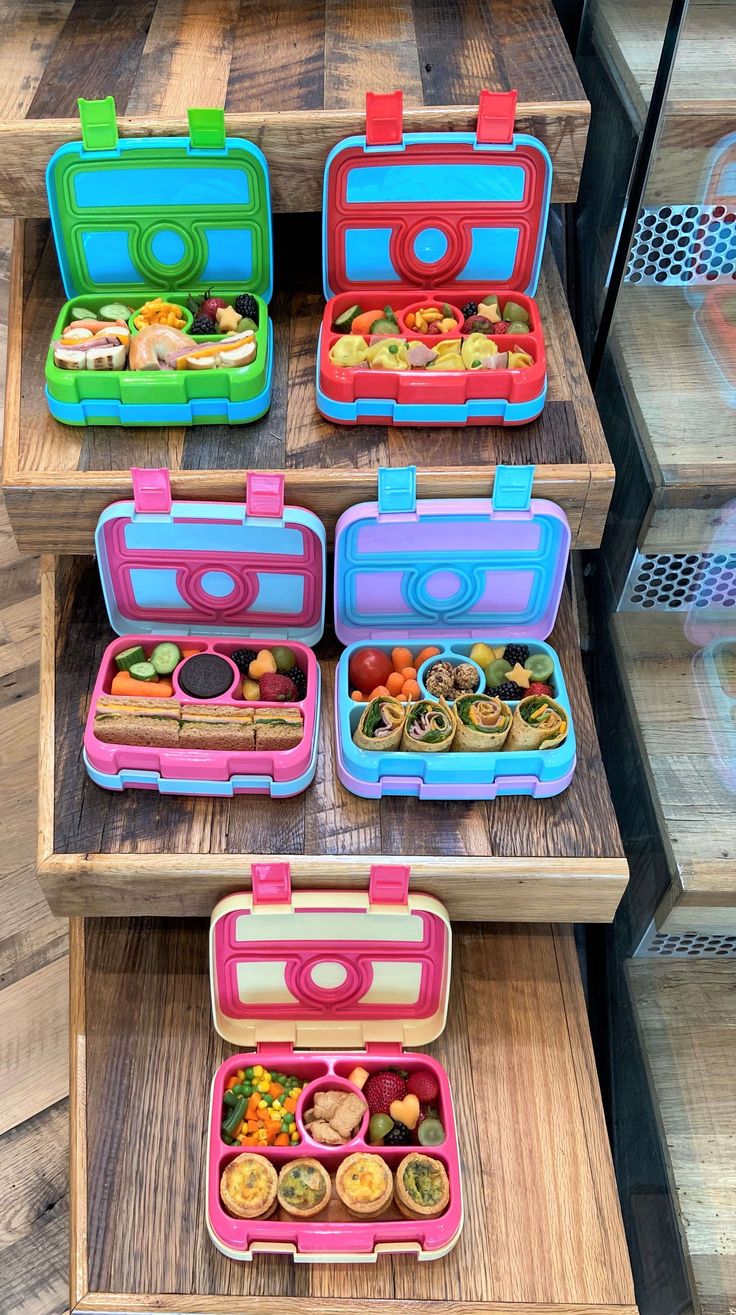
-
Create colorful dishes
Prepare a meal with many small dishes of different colors. For example, you can make sandwiches with different colored layers using vegetables, meat, and cheese. Or create a salad bowl filled with colorful vegetables, fruits, and nuts. Colorful meals are not only interesting but also nutritious. In Japan, most mothers make colorful bento boxes for their children to take to school. To attract the children’s attention and encourage them to eat a variety of foods, the mothers will spend a lot of time and ideas using foods to create cartoon characters, animals, plants, or famous people in a very lively and attractive way.
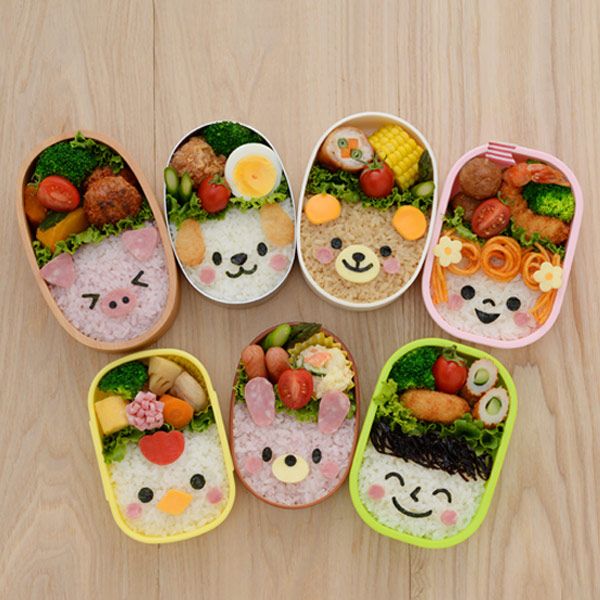
-
Growing colorful vegetables
This is one of the extremely interesting activities that not only helps the children recognize colors in vegetables but also provides knowledge about vegetables. Parents, create a small indoor or outdoor vegetable garden and plant a variety of colorful vegetables such as red tomatoes, yellow carrots, green mustard greens, and mustard greens. purple radish, or red radish. Care for and observe the growth of the plants together, and enjoy the colorful fruits and vegetables you have grown.
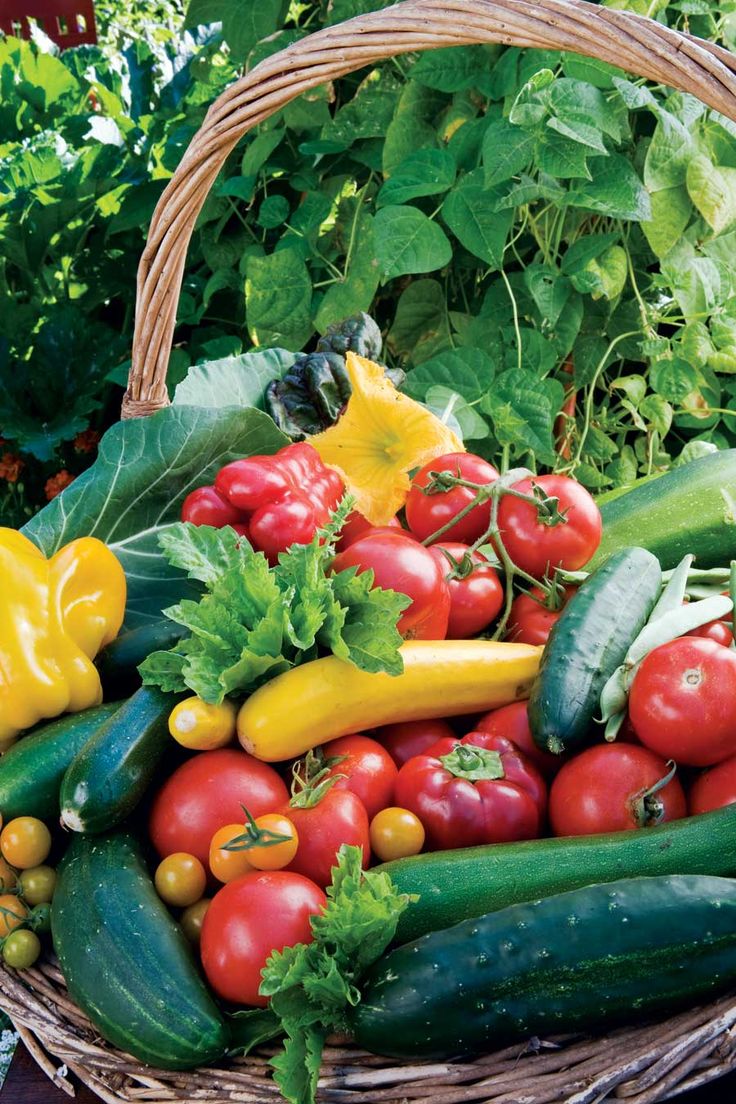
When teaching children to identify colors, take note of the following:
1. Choose ingredients with diverse colors
When preparing ingredients for a dish, choose vegetables, fruits, and other ingredients that have a variety of colors. For example, carrots and cabbage are orange, tomatoes are red, and cabbage is green. This will help the children recognize and distinguish colors.
2. Create a color palette
Before starting the cooking activity, you can create a color palette to create color harmony. For example: red, blue, and yellow. The children can interact with the color palette and try to find corresponding ingredients of similar colors.
3. Ask questions about color
During preparation and cooking, ask the children questions about the colors of the ingredients and the steps in the cooking process. For example: “What vegetables are green?” or “What color do we need to add to this dish?” This helps the children pay attention to colors and become more sensitive to color recognition.
4. Perform color mixing activity
When cooking, you can involve the children in mixing ingredients to create new colors. For example, mix red and yellow to create orange. This helps the children better understand the process of mixing colors and creating desired colors. You can further provide the children with the relationship of colors to each other. This helps them understand why red and blue can create purple. You can find more information in the blog post Get Creative With Color Wheel!
To sum up, parents can take advantage of the time spent preparing dinner or during meals to teach their children to recognize colors through everyday dishes. This is a simple and effective way to learn from which you can show your child the different colors of ingredients, vegetables, or each dish. Through this way of learning, the children not only recognize colors but also remember the shape and flavor of each dish. Note that during preparation and cooking, safety and hygiene are always the top priorities. Ensure adult supervision and assistance in all cooking-related activities for the children. Identifying colors through food brings joy, creativity, and connection to the whole family. Jorz.art wishes you a colorful adventure that creates memorable memories for everyone.
The world is colorful, and the children are certainly eager to know how to name all of the colors. At… View More


